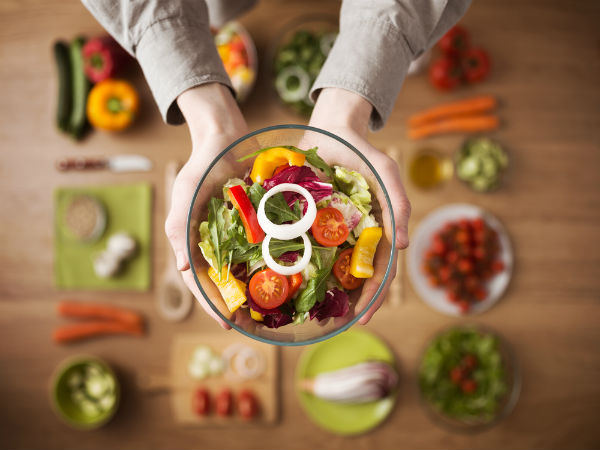
How Does The Volumetrics Diet Work?
The volumetrics diet works by limiting high-calorie foods and eating more nutrient-dense foods which are low in calories that will keep you feeling full for longer so that you don’t have any hunger pangs often. This diet focuses on healthy eating patterns rather than restricting any foods.
You also need to exercise for 30-60 minutes every day if you are following the volumetrics diet.
In the volumetrics diet, foods are divided into four categories based on their calorie density:
• Category one (very low calorie density) – This category consists of foods that are very low-density such as fruits, non-starchy vegetables like broccoli, tomato and mushroom, non-fat milk and broth-based soups.
• Category two (low calorie density) – This includes eating reasonable portions of whole grains, legumes, lean protein and low-fat dairy.
• Category three (medium calorie density) – This includes eating small portion of foods like desserts, bread, cheese, ice-cream, high-fat meat, etc.
• Category four (high calorie density) – In this category foods are eaten occasionally, which includes nuts, oil, butter, fried foods, cookies and candy.
 Flaxseed For Weight Loss: Ways To Add It To Your Diet
Flaxseed For Weight Loss: Ways To Add It To Your Diet
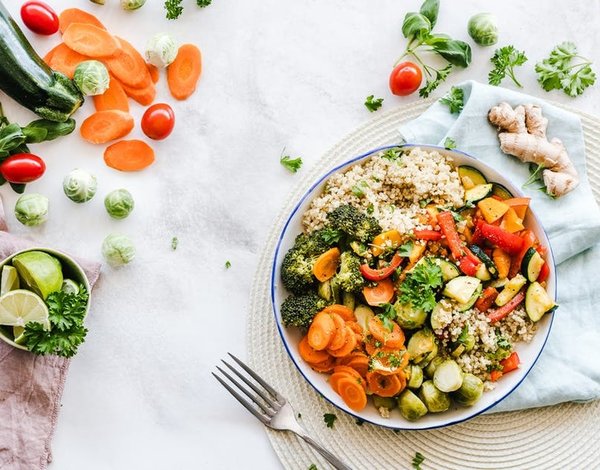
Does The Volumetrics Diet Work For Weight Loss?
Very few research studies have shown the association of volumetrics diet with weight loss.
According to a study, low calorie density foods such as fruits and vegetables contain a lot of water which when eaten in large quantities can aid in managing weight because the water content in these foods will keep you feeling full for longer [3].
Another study published in the journal Eating Behaviours showed that eating a diet low in calorie density that includes foods such as vegetables and whole grains may help in weight management [4].
As per another study, consumption of foods with low calorie density has been linked to an increase in weight loss in obese people [5].
Another study showed that overweight and obese women who consumed low calorie density foods increased feelings of fullness and decreased hunger, which contributed to losing weight [6].
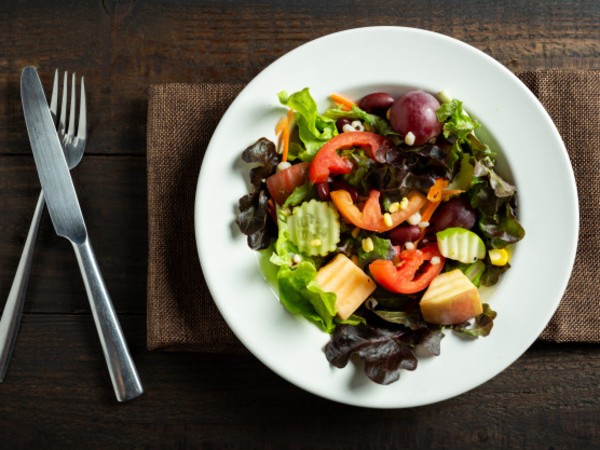
Pros And Cons Of Volumetrics Diet
Nutritional foods that are low in calories are high in fibre and other essential nutrients which will provide your body with essential vitamins and minerals and may prevent nutritional deficiencies. As mentioned earlier, along with healthy eating the diet also encourages physical activity which can help boost your weight loss efforts [7].
Also, when you are following the volumetrics diet, you have to limit the consumption of processed foods as they are high in calories and they lack essential nutrients. And studies have shown that eating processed foods can increase the risk of obesity, heart disease and several other health problems [8] [9].
However, there are few drawbacks to the volumetrics diet as well. It requires a lot of time and energy when it comes to planning and preparing meals at home and calculating your meals calorie density as suggested in the book. People with a busy lifestyle may find it difficult to follow this diet.
Also, this diet restricts foods high in healthy fats such as nuts and oils. These foods contain monounsaturated and polyunsaturated fats which are beneficial for your body [10] [11].
 Indian Diet For Weight Loss: Foods To Eat, Foods To Avoid And More
Indian Diet For Weight Loss: Foods To Eat, Foods To Avoid And More
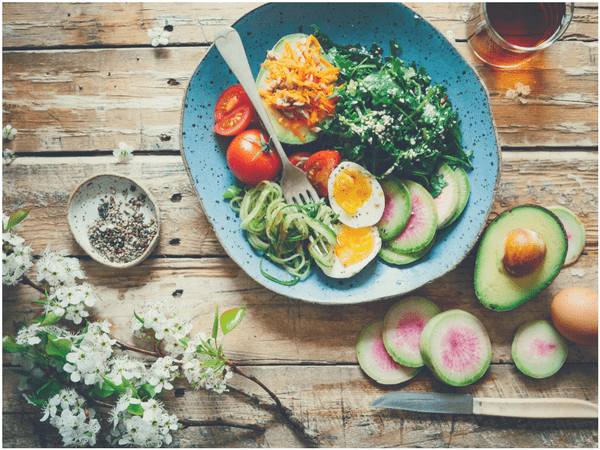
Should You Follow Volumetrics Diet?
The volumetrics diet can work for people who are looking for long term sustainable weight loss plan. Also, this diet doesn’t restrict any foods; it suggests eating high calorie foods in smaller portions, so it can be considered a good option for people who are trying to lose weight.
However, before you start following this weight loss diet, it is recommended to consult your doctor first.
READ RELATED: 'Serious': FDA issues warning to anyone storing avocados in water amid new TikTok trend
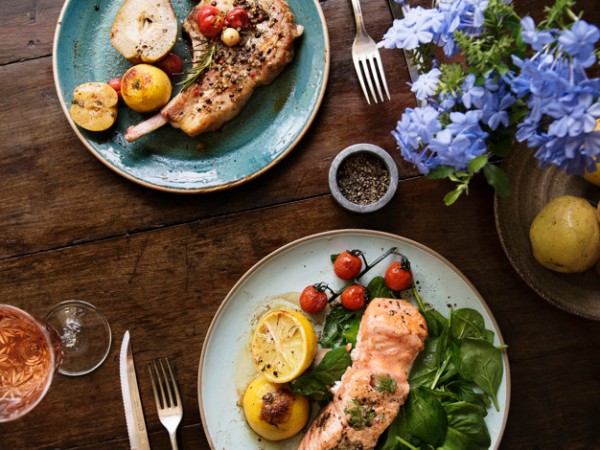
Foods To Eat On A Volumetrics Diet
• Fresh fruits like apples, oranges, bananas, peaches, berries and pears.
• Fresh non-starchy vegetables like broccoli, tomato, carrot and kale.
• Broth-based soups like chicken soup, vegetable soup and lentil soup.
• Non-fat dairy products.
• Black coffee
• Unsweetened tea
• Foods that can be eaten in moderation are whole grains, legumes, starchy veggies and lean protein.
Foods To Limit On A Volumetrics Diet
• High-fat meat
• Refined carbohydrates like white rice, white bread and white pasta
• Full-fat dairy products
• Nuts
• Oils
• Processed foods
 What Is Kate Middleton’s Weight Loss Diet?
What Is Kate Middleton’s Weight Loss Diet?
Common FAQs
Q. When was the volumetrics diet created?
A. Dr. Barbara Rolls, a nutrition researcher at Pennsylvania State University developed the volumetrics diet based on her research. She co-authored the first book Volumetrics: Feel Full on Fewer Calories, which was published in 2000.
Q. What can you eat on the volumetrics diet?
A. Apples, oranges, bananas, peaches, berries, pears, broccoli, tomato, carrot, kale, chicken soup, vegetable soup and lentil soup.
Source:








